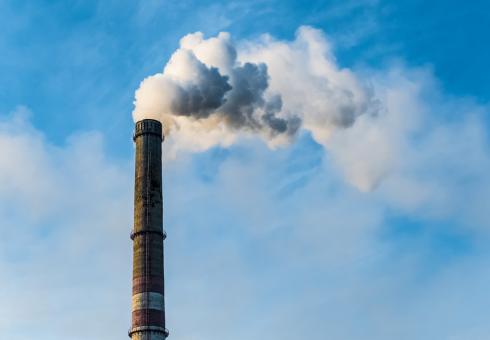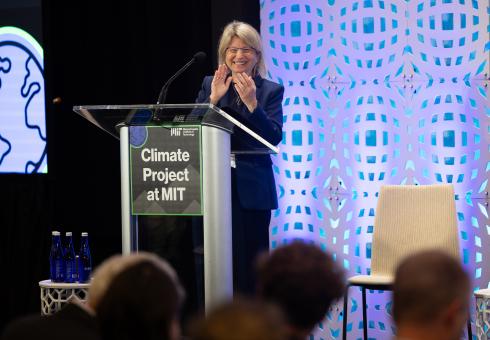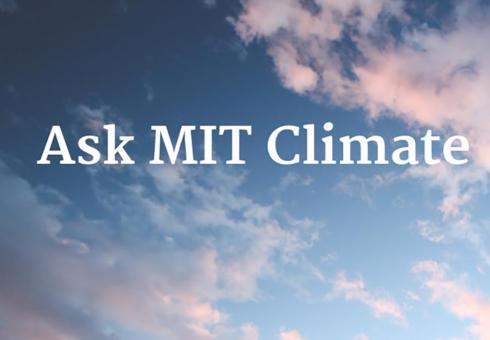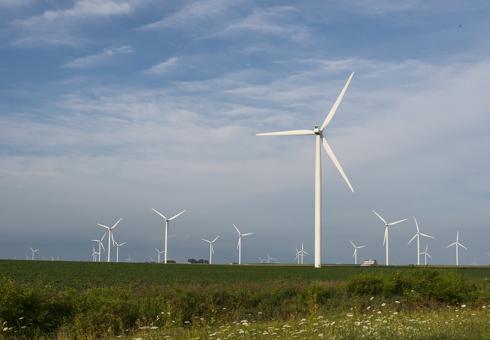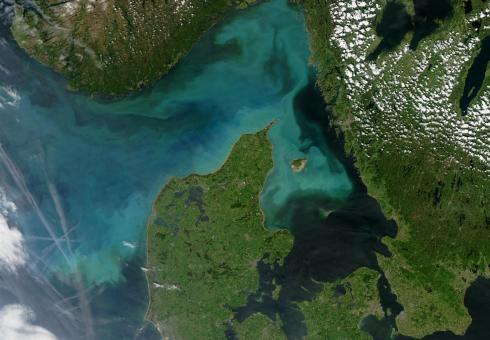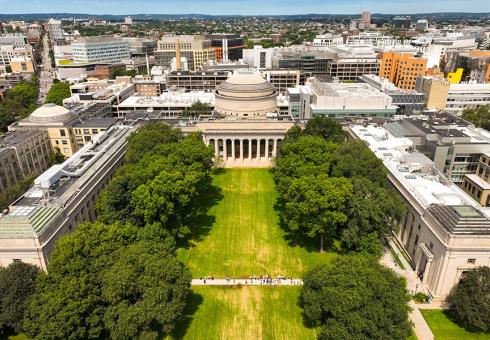News + Media
Experts in energy systems modeling and fusion technology explore the future role of fusion at various costs and carbon constraints
Using the concept of “outdoor days,” a study shows how global warming will affect people’s ability to work or enjoy recreation outdoors (Coverage: Fast Company, WBUR)
Models show that an unexpected reduction in human-driven emissions led to a 10 percent decline in atmospheric mercury concentrations
The major effort to accelerate practical climate change solutions launches as its mission directors meet the Institute community
Professor Ronald Prinn reflects on how far sustainability has come as a discipline, and where it all began at MIT
First U.S. trial of this innovative technology to be provided to an entire neighborhood by a major utility
Emissions are attributed to the country where they happen geographically—even if the energy produced, or the products manufactured, are destined for somewhere else (MIT Climate Portal)
MIT Joint Program Co-Director Emeritus John Reilly highlights key challenges (Associated Press)
New center taps Institute-wide expertise to improve understanding of and responses to sustainability challenges
Knowing where to look for this signal will help researchers identify specific sources of the potent greenhouse gas (MIT News)
The effort to accelerate climate work at the Institute adds to its leadership team (MIT News)



